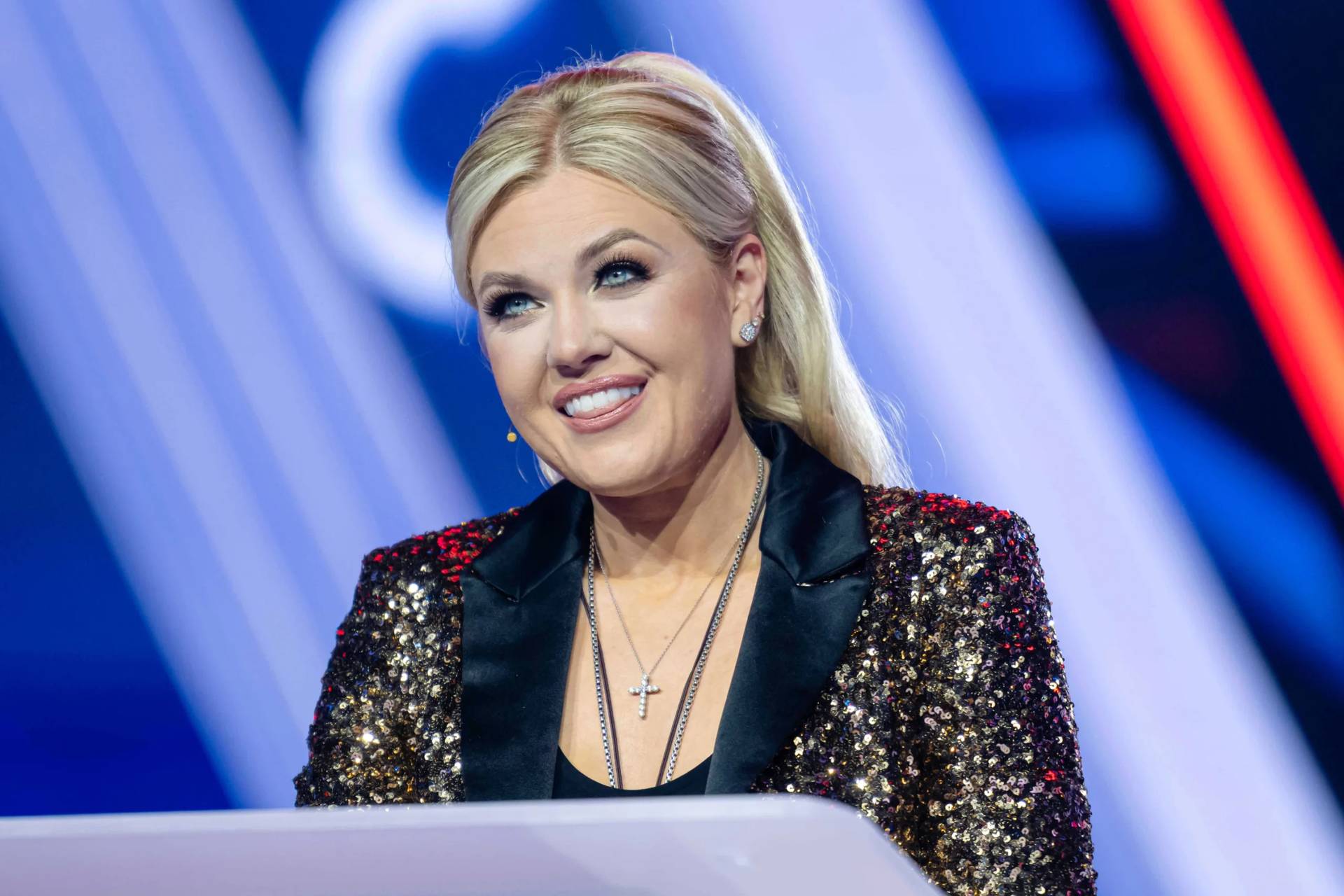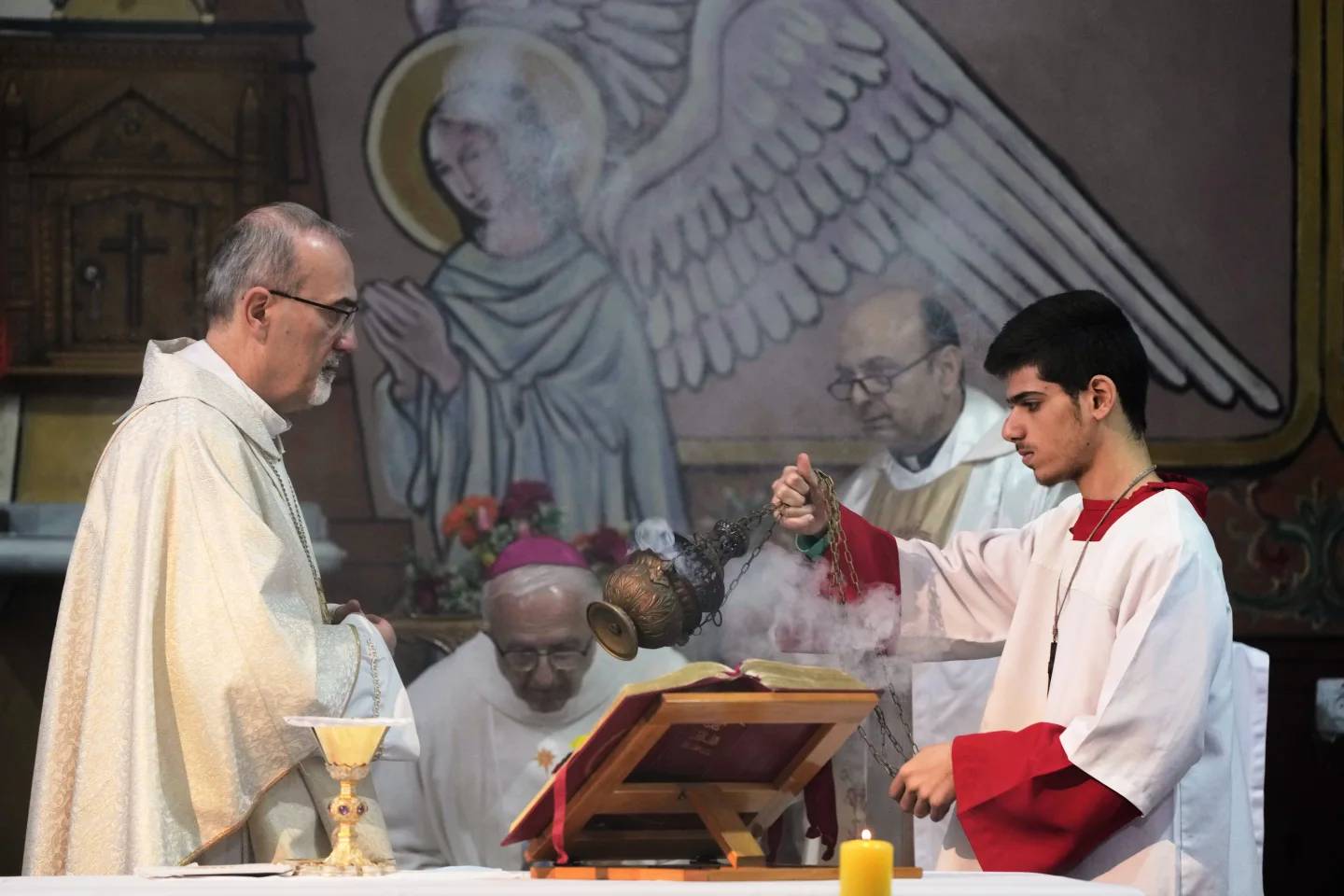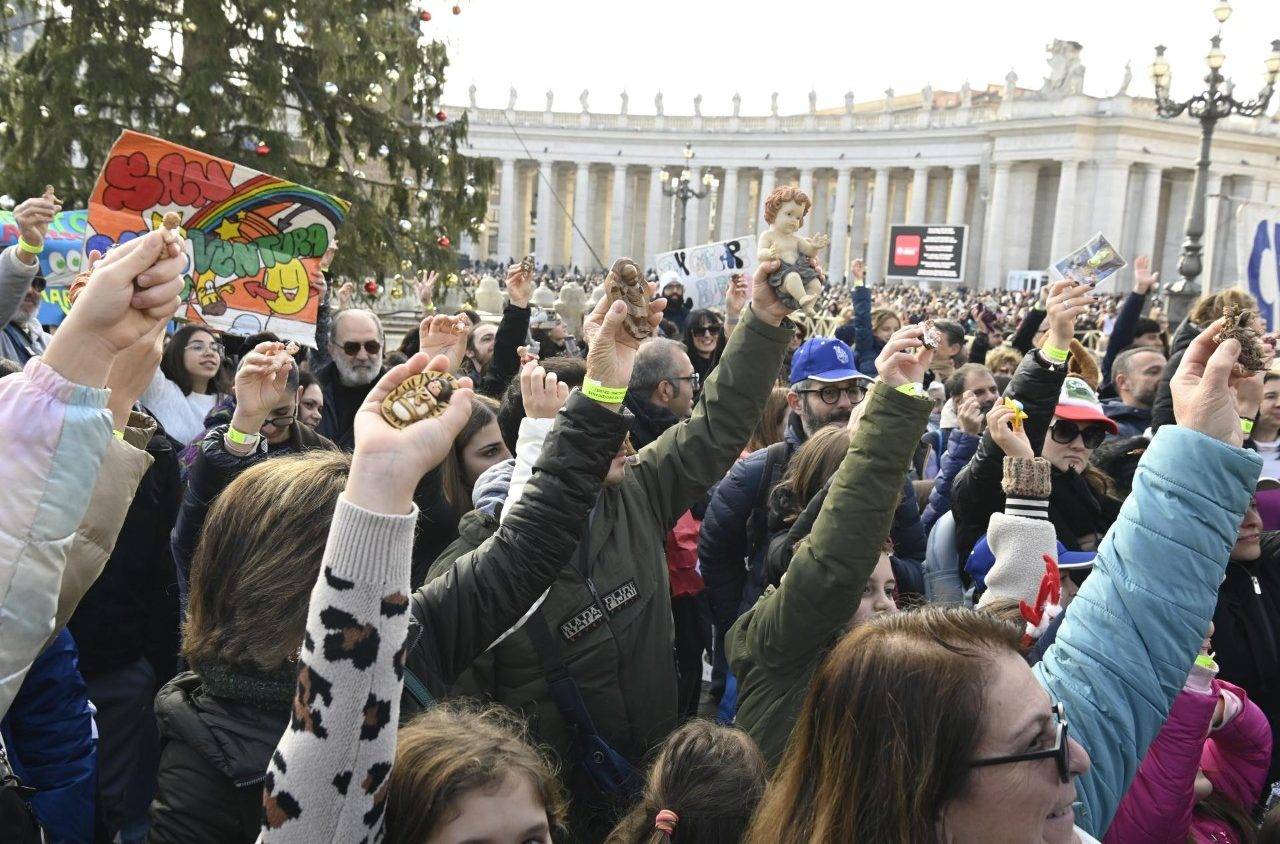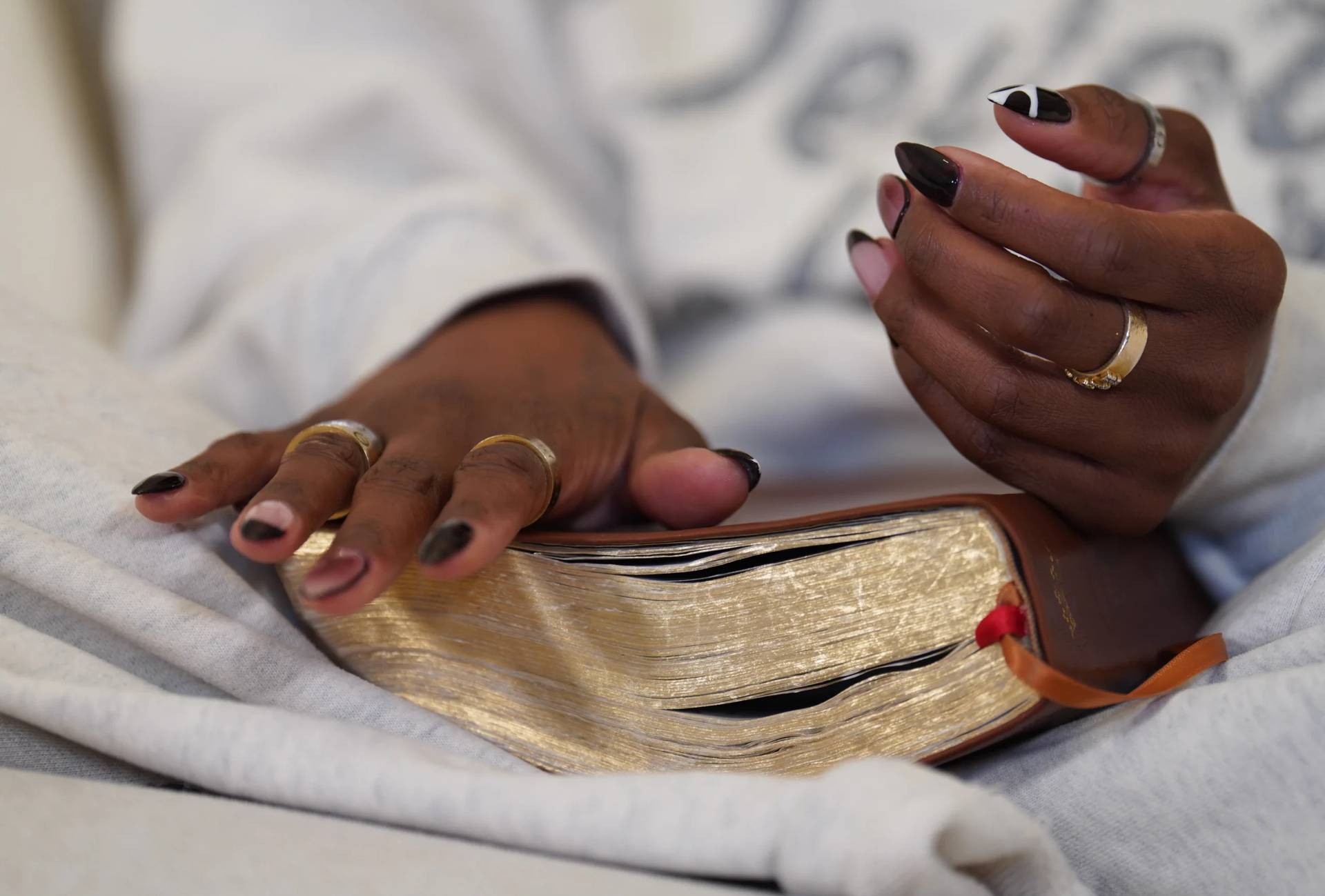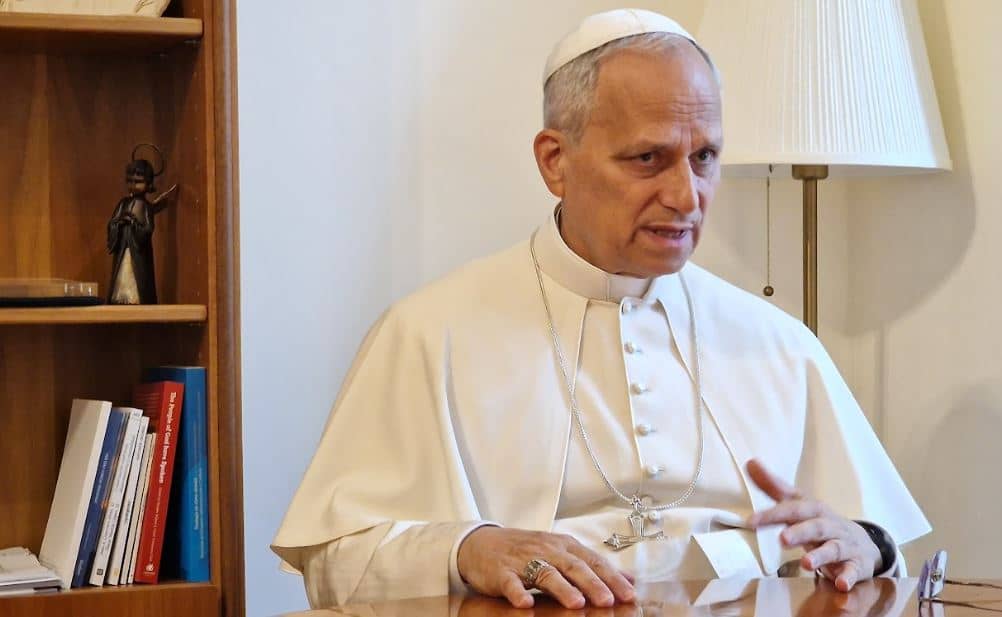ROME – Pope Francis in mid-August created a new mega-department for the family, laity and life, which among other things absorbed the old Pontifical Council for the Family. In theory that meant the previous head of the council, Italian Archbishop Vincenzo Paglia, lost his job, but it turned out to be probably the shortest period of unemployment in recent Vatican history.
In the very same announcement, Francis also named the 71-year-old Paglia to run the Pontifical Academy for Life and the Pontifical John Paul II Institute for Studies on Marriage and Family.
It might seem ironic that in his first public act after becoming the pope’s new point man for life, Paglia brought out a book Sept. 5 dedicated to the theme of death. To hear him tell it, however, it’s the most congruent thing in the world, since he insists a life spent without facing the reality of death and the dying is “inhuman.”
“Today, typically one either dies alone or in the company of doctors and technicians, and that means we’ve lost something precious,” Paglia said. “It’s as if we’re losing the human dimension of death, which means we’re losing the human dimension of life.”
Paglia’s musings on death come in the form of a book called Sorella Morte: Dignity in Living and Dying (published in Italian by Piemme; an English translation is expected, but a publisher hasn’t yet been identified.) The title’s reference to “sister death” invokes the celebrated term of St. Francis of Assisi, and the book reflects Paglia’s decades-long experience in the Community of Sant’Egidio, a Catholic movement known for its outreach both to the elderly and to AIDS patients.
That Sant’Egidio background also means that Paglia is very much a man of dialogue, someone who sees himself as a bridge-builder rather than a cultural warrior, which hasn’t quite always been the reputation of the academy he now leads. Over the years, the Academy for Life has been seen as the Vatican’s primary beachhead for the most outspoken leaders in the pro-life movement, and some of its members have little patience for anything that smacks of going soft.
Paglia, however, says that dialogue has nothing to do with relativism, and doesn’t shrink from saying that humanity today is in an “epochal battle” to defend what he calls the “triptych” of marriage, family and the sacredness of life.
Paglia spoke to Crux in his new office at the Pontifical Academy for Life on Sept. 5 about his book, and also about his new roles. The following are excerpts from that conversation.

Crux: How did the idea of a book about death come about?
Paglia: It was born as a small text to respond to social situations that result from a way of thinking which, in my view, is wrong. I believe that creating legislation on such intimate matters without enough thought causes enormous harm. To legislate without an adequate cultural context is to create legislation that’s blind, that can’t see reality.
My hope with this book is to develop a culture concerning the realities of life, a culture that’s multi-faceted, complex, among all the components of society. There’s an urgent need to a wide-ranging debate on these issues, to arrive at shared conclusions and to be in a position to create legislation that genuinely reflects the common good.
What’s the Sant’Egidio background to the book?
It comes out of a reflection that I put together on the theme of death and dying about a year ago, with my friends in the Community of Sant’Egidio, with whom I’ve been friends for a long time. It began with thinking about our experience with young people dying of AIDS, and also our long-standing experience of being with the elderly. That pushed me to an ever deeper and broader way of thinking about things, which eventually resulted in these 250 pages.
The experience of Sant’Egidio in based on the idea of trying to help those who are weakest, poorest, which automatically meant contact with illness, with people who are suffering. We’ve seen how often older people are abandoned, we’ve seen the agony of people struggling with disease. For that reason, the encounter with the sick has been a feature of Sant’Egidio’s life for a long time, with people who pass their lives in weakness.
That’s helped give me a sense of what it means to live, and to die, in a dignified way … not abandoned, not forgotten, not excluded.
What’s wrong with the way we approach death today?
A society that throws away the weak, that throws away anyone who can’t produce something, is a society that’s cruel. The criterion seems to be production, and the only ones deemed worthy of life, of respect, are those who produce. That’s why we see such a stunning number of elderly who have been abandoned. We [in Sant’Egidio] saw that years ago, and felt responsible to do something about it.
In 1992, at Sant’Egidio, there was the signing of the pact that ended the war in Mozambique after years of war, more than a million dead, and a million and a half refugees, there was finally peace. We then went to Mozambique, and we quickly realized there was another war going on: the widespread death of young people due to HIV/AIDS. It was an unbelievable tragedy, because they were dying by the hundreds. As a result, we created a project to combat the disease called DREAM.
We were scandalized by how often people were dying because they’d been abandoned and had no one to take care of them. We started the custom, and I was involved in it personally, of going to the hospital each year on Dec. 31 to celebrate New Year’s with those who were dying, knowing that for many of them it would be the last New Year’s they’d ever see. They knew it too. They were consoled by the presence of their friends, rather than being all alone.
It seems this is a very personal subject for you.
Yes, it is, very much so. I have no idea exactly how many people I’ve accompanied in the last part of their lives, up to the point they died, but we’re talking dozens. If we’re talking about the Community of Sant’Egidio in general, it’s thousands and thousands. So, this is a subject that reflects a very personal experience for me, one which I have to say I’ve found both difficult and yet incredibly satisfying. It has a human and spiritual depth to it that’s absolutely unique.
There’s nothing abstract about this for me. I’ve even been with people as they were approaching death who were my teachers at one point, or my friends, as well as people I didn’t really know. Often, I did it in my capacity as a parish priest. They were all experiences that give you tremendous wisdom … it’s not at all banal. Sometimes, you hold their hand. Sometimes, you speak not knowing if they can really understand you. You just try to find the right words, and hope that at some level, in some way, they have an effect.
You think death has something to teach us?
I actually call it a teaching chair, a “cathedra.”
I know it could seem a bit odd that this book is coming out just as I’m taking up this new responsibility at the Pontifical Academy for Life. The coincidence between going to the Academy for Life and publishing a book on death is strange, even though the book obviously was finished well before. Looked at another way, though, it’s perfect. I’ve thought many times, and I’ve said and written, that one simply can’t live without thinking about death, without talking about it, without in some way seeking to understand it, even if in the end it’s always a mystery. Today, we live in a world in which we try to hide death.
In the book, you call death the ‘new pornography.’
Exactly. It’s not just that death is hidden away, we pretend it’s not there and try not to talk about it, starting in infancy. We think our children have to be saved from any contact at all with death.
You also write that once upon a time, children and the whole family would gather around the death bed of a loved one, sharing those final moments, but we’ve lost that tradition.
Today, typically one either dies alone or in the company of doctors and technicians, and that means we’ve lost something precious. It’s as if we’re losing the human dimension of death, which means we’re losing the human dimension of life.
Turning to your appointments to the Academy for Life and the John Paul II Institute, were they planned for a while, or were they surprises also to you?
It was a huge surprise! They came directly from the pope, who wants to take up these themes of family, marriage and life in a way that’s culturally responsible and effective. The pope is urgently concerned that just combing through concepts isn’t enough … he wants our thought, and our culture, to help everyone to live better lives. In this sense, I understood what he wants, and I immediately said ‘yes’ to the pope. It’s indispensable that theological and scientific reflection help the families, the women and men of today, to live the gospel and the value of family effectively.
We have to be in dialogue with the culture and the sciences, on all fronts.
You know that there are some people who see the role of the Academy for Life as fighting the culture wars. Do you think it’s important to open dialogue also within the academy itself?
Absolutely, yes, without any doubt. My strategy is to try to help everyone fight a battle that I see as epochal, and we can’t waste time arguing among ourselves. Something much bigger is at stake. For the first time in history, the triptych of marriage, family and life, which is a unified triptych, is being torn apart. Everyone now puts things together for themselves. We have to restore a Christian and humanistic vision of these things, in order to put the triptych back together. That’s why we need dialogue, urgently.
We have to read in depth, and we have to re-write for this time, the Book of Genesis. The great direction given in the book [comes] when the Creator entrusts to the alliance between men and women two great responsibilities: care of creation, and the history of future generations. Today, we have to re-present those ideas, those responsibilities, to people. Genesis illustrates the risks of the human person trying to put him or herself in the place of God … that’s the moral of the story, not the apple! Original sin is man wanting to construct everything according to his own measure.
We also have to face a world that for the first time in history has the capacity to destroy itself, with nuclear weapons, with ecological disasters, and with anthropological disasters. By now, we’ve realized that too much exploitation and destruction of the environment is dangerous. We haven’t yet realized that too much anthropological damage creates the same risks.
Basically, what we need today is a new Noah’s ark … and that’s my strategy!
You talked about an epochal battle, but generally you’re seen less as a battler and more as a man of dialogue and a bridge-builder. How do you fight the battle you’re describing in a dialogical way?
I’ve used the example of the pillars of our identity, which are critical, but they’re designed to support something else, without which the construction isn’t complete. On top of those pillars, you have to build bridges to reach others, realizing that neither you nor the person you’re reaching out to ever have the full and complete truth, once and for all time. The truth isn’t just an idea, but it’s also friendship, it’s also dialogue.
I want to battle ignorance and obscurantism, but I also want to promote encounter. The more we talk to each other, the more our words are liberated from the shackles of prejudice and become tools of friendship.
Remember that dialogue is not relativism, absolutely not. It’s about finding an identity capable of encounter. Francis of Assisi was capable of dialogue not just with Islam, but with the wolf and the birds, with the moon and even with death itself, because he was so profoundly rooted in his Christian faith.









